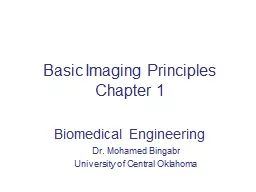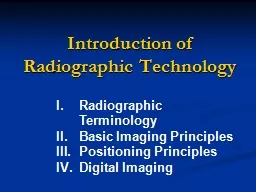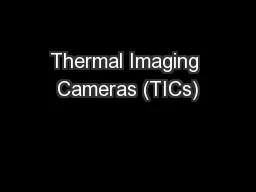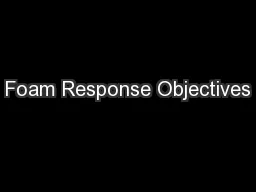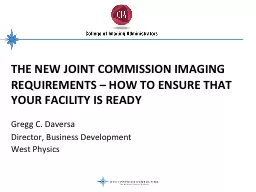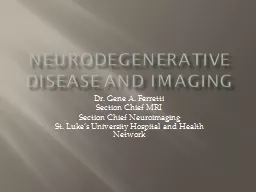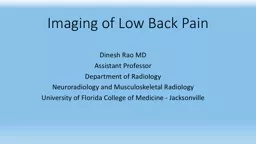PPT-Basic Imaging Principles
Author : faustina-dinatale | Published Date : 2016-11-03
Chapter 1 Biomedical Engineering Dr Mohamed Bingabr University of Central Oklahoma INSTRUCTOR Mohamed Bingabr PhD CONTACTS Office Howell 221D Phone 974 5718
Presentation Embed Code
Download Presentation
Download Presentation The PPT/PDF document "Basic Imaging Principles" is the property of its rightful owner. Permission is granted to download and print the materials on this website for personal, non-commercial use only, and to display it on your personal computer provided you do not modify the materials and that you retain all copyright notices contained in the materials. By downloading content from our website, you accept the terms of this agreement.
Basic Imaging Principles: Transcript
Download Rules Of Document
"Basic Imaging Principles"The content belongs to its owner. You may download and print it for personal use, without modification, and keep all copyright notices. By downloading, you agree to these terms.
Related Documents

